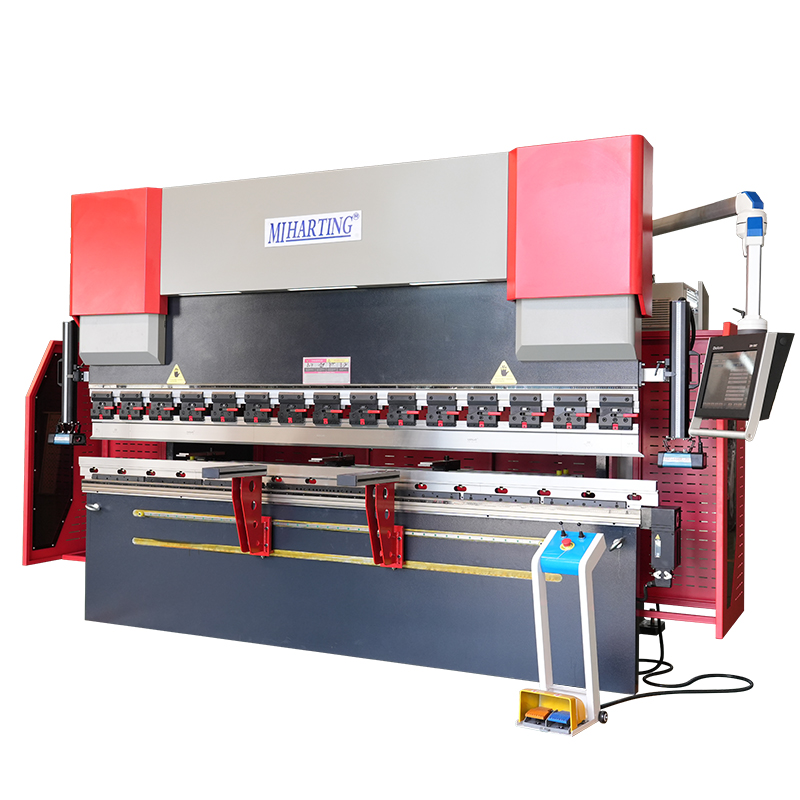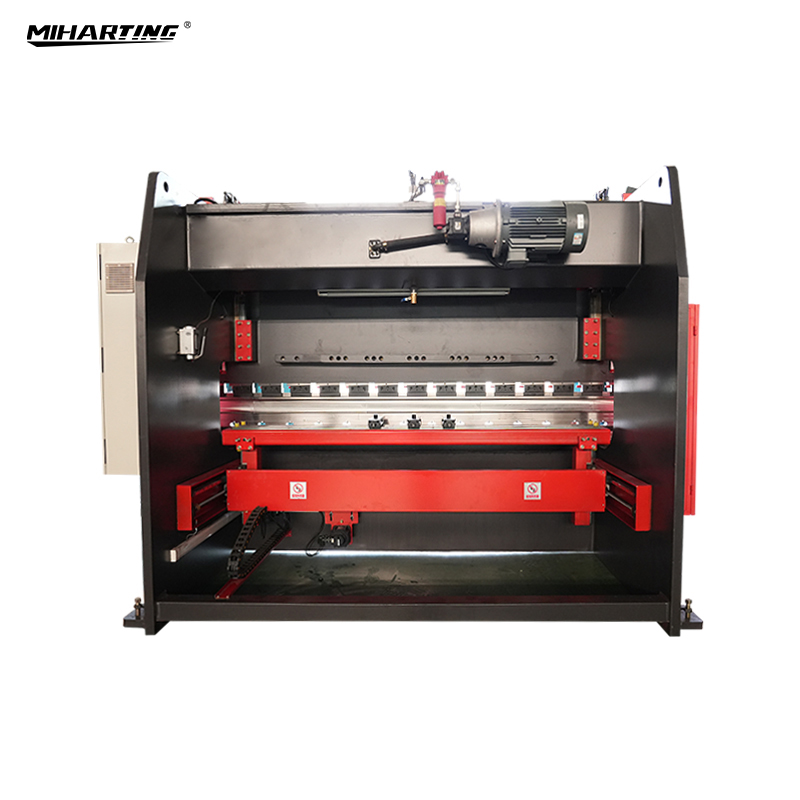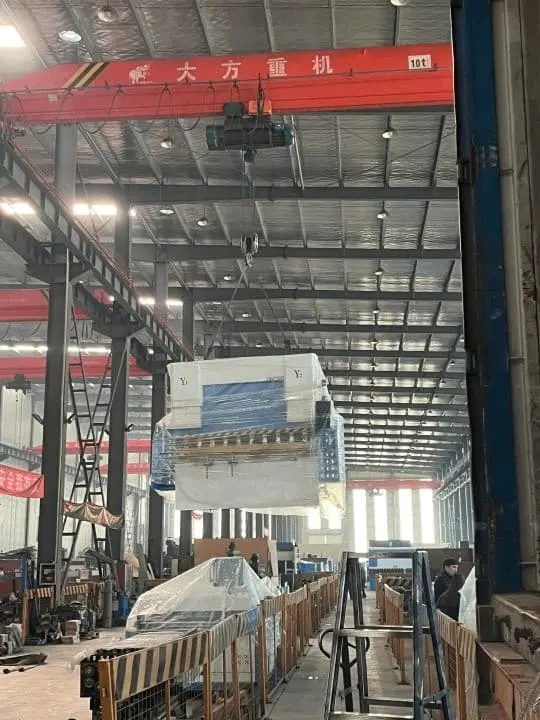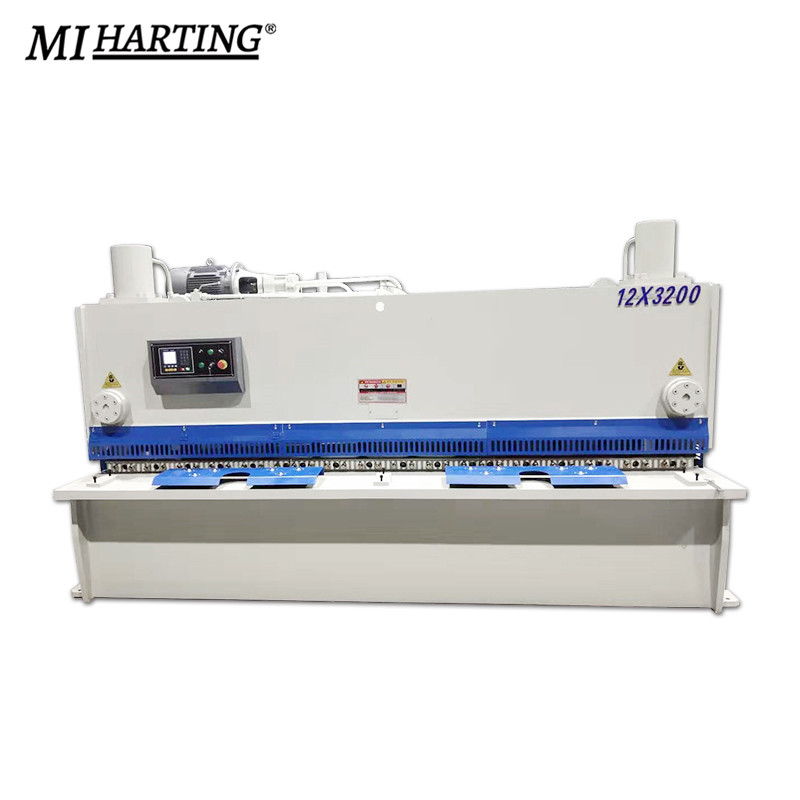A bending machine is a widely used piece of equipment in the metalworking industry, primarily designed to bend metal sheets into desired shapes. With the continuous advancement of industrial technology, the types and functions of bending machines have also been continually enriched, with the introduction of CNC bending machines (Computer Numerical Control bending machines) taking bending technology to a new level. So, is a bending machine considered a CNC machine tool?
A CNC machine tool is an automated processing device controlled by a computer program, capable of completing complex machining tasks with high precision based on pre-set programs. The core feature of a CNC machine tool is its control system, which allows for high-precision, high-efficiency machining processes through programming. Common CNC machine tools include CNC lathes, CNC milling machines, and CNC grinders. These devices are widely used in mechanical manufacturing, aerospace, and the automotive industry, significantly improving production efficiency and machining accuracy.
A bending machine, as a piece of metalworking equipment, operates by applying hydraulic or mechanical force to bend metal sheets into desired shapes. Traditional bending machines typically rely on manual operation or semi-automatic control, with operators adjusting molds and pressure based on experience to achieve the desired bending effect. However, with the introduction of CNC technology, the automation and precision of bending machines have been significantly improved. A CNC bending machine, through its computer control system, automatically adjusts the mold position, pressure, and bending angle based on pre-input parameters, achieving high-precision bending.
From this perspective, a CNC system bending machine indeed meets the definition of a CNC machine tool. It uses a computer program to control the machining process, achieving automated operation and high-precision machining, which aligns with the core features of CNC machine tools. Therefore, a CNC bending machine can be considered a type of CNC machine tool. However, it is important to note that not all bending machines are CNC machine tools. Traditional bending machines still rely on manual operation or simple mechanical control, lacking CNC capabilities, and therefore cannot be classified as CNC machine tools.
The advantages of CNC bending machines lie in their high precision and efficiency. With a CNC system, operators can easily set up complex bending parameters such as angles, lengths, and bending sequences. The machine automatically performs these tasks, reducing the likelihood of human error. Additionally, CNC bending machines are typically equipped with touch-screen interfaces, making operation more intuitive and convenient. Even operators with limited experience can quickly master the machine. This automation feature makes CNC bending machines particularly suitable for mass production and complex shape processing needs.
However, the high precision and automation features of CNC bending machines also come with a higher cost. Compared to traditional bending machines, CNC bending machines are typically more expensive and require professional personnel for programming and maintenance. Therefore, companies need to weigh their production needs and budgets when choosing a bending machine. For companies requiring high precision and complex machining, CNC bending machines are undoubtedly an ideal choice; for companies with lower processing requirements or limited budgets, traditional bending machines may offer better cost-effectiveness.
Whether a bending machine is considered a CNC machine tool depends on whether it has CNC capabilities. CNC bending machines, which use computer control systems for automated machining, meet the definition of CNC machine tools and can be considered as one. Traditional bending machines, on the other hand, lack CNC functionality and are not considered CNC machine tools. As industrial automation continues to progress, the application of CNC bending machines will become more widespread, making them an indispensable piece of equipment in the metalworking industry.






